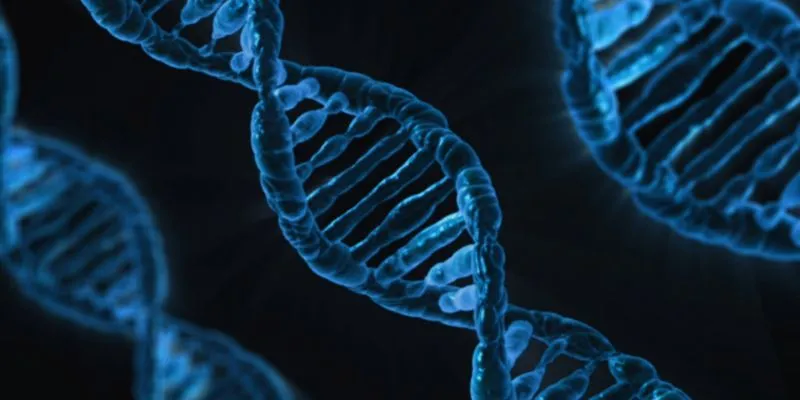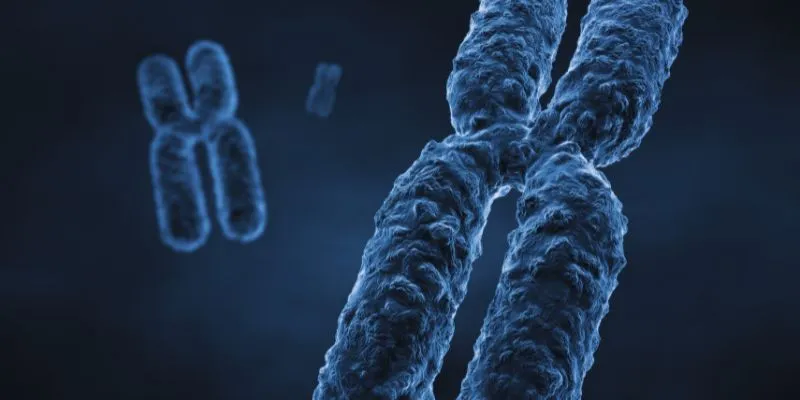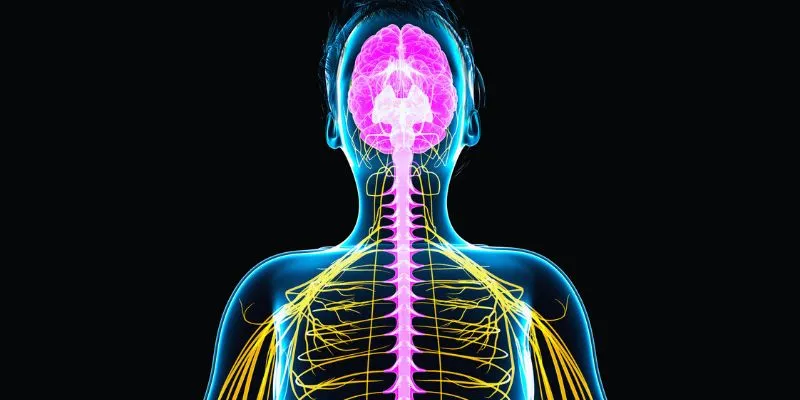Symptoms Of Angelman Syndrome To Watch For
Angelman syndrome is a rare genetic disorder that affects brain development, leading to significant developmental delays and neurological issues. Often detected within the first year of life, children with this condition may struggle with balance, mobility, and speech. Despite these challenges, they are often recognized for their frequent smiles, laughter, and cheerful demeanor. Early diagnosis and effective therapy for Angelman syndrome are crucial, relying on awareness of its key symptoms.
Understanding symptoms such as speech difficulty, seizures, sleep disorders, and unusual behavior empowers families to seek prompt medical attention. Early intervention with therapies and treatments can greatly enhance a child’s quality of life. This article explores the common symptoms of Angelman syndrome and highlights the importance of early detection for managing this complex disorder.

What is Angelman Syndrome?
Angelman syndrome is an uncommon hereditary condition impacting the nervous system, resulting in developmental delays. It is caused by a mutation or deletion in the UBE3A gene on chromosome 15, which is essential for proper brain cell function. The absence or malfunction of this gene disrupts brain development. Children with Angelman syndrome typically show symptoms within their first year, such as frequent laughing or smiling, balance and mobility issues, and severe speech delays.
They may also experience sleep disturbances and seizures. Despite these challenges, children with Angelman syndrome are often sociable and happy. Although there is no cure, medications can help manage symptoms. In addition to medication for seizures, therapies targeting speech, movement, and behavior can improve the quality of life. Early diagnosis and intervention are key to better outcomes and family support.
What Causes Angelman Syndrome?
Angelman syndrome is caused by a defect in the UBE3A gene on chromosome 15, crucial for brain development and function. Typically, a child inherits two copies of this gene—one from each parent—but only the mother’s copy is active in certain brain cells, with the father’s copy usually inactive. Angelman syndrome arises when the mother’s UBE3A gene is missing, altered, or defective.
The most common cause is the deletion of the UBE3A gene region on the mother’s chromosome 15. Sometimes, a mutation results in the gene being present but altered, rendering it nonfunctional. Another cause is paternal uniparental disomy (UPD), where both copies of chromosome 15 come from the father, leaving no active maternal gene. Additionally, imprinting defects can prevent the maternal gene from being activated. These genetic changes disrupt brain function and cause Angelman syndrome symptoms.

Common Symptoms Of Angelman Syndrome
Below are common symptoms of Angelman syndrome that can aid in early identification and effective management:
- Developmental Delays: Developmental delay is one of the first signs of Angelman syndrome. Infants may sit, crawl, or walk later than usual. They might struggle to meet developmental milestones compared to other children. Fine motor skills, like holding objects, could also develop slowly. As the child ages, the delay becomes more pronounced. Early therapy can help with motor skills, though progress may remain slow.
- Speech and Communication Challenges: Children with Angelman syndrome face significant speech challenges. Many may never speak or have very limited vocabulary. They often understand more than they can express. Nonverbal communication, such as gestures and facial expressions, becomes essential. Some children may find sign language or communication devices useful. Speech therapy can aid communicative development, though difficulties often persist.
- Movement and Balance Problems: Movement and balance issues are common. Children might move with stiffness or jerky motions. Their walking pattern is often wide-legged, known as an ataxic gait. Balance issues can make walking difficult. Physical therapy can enhance coordination, but motor problems usually persist into adulthood.
- Behavioral Characteristics: Angelman syndrome is associated with distinctive behavioral traits. Children are generally joyful and active, often laughing and smiling without obvious cause. Hyperactivity and short attention spans are also common. Many young children are fascinated by shiny objects and water. While typically harmless, these behaviors can pose safety concerns.
- Sleep Problems: Sleep problems are common in children with Angelman syndrome. They may have difficulty falling or staying asleep, leading to erratic sleep patterns and daytime drowsiness. Lack of sleep can exacerbate learning and behavior issues. Medical treatment and structured sleep routines can help manage this problem.
- Seizures: Seizures are a primary symptom of Angelman syndrome, often beginning between ages two and three. The type and severity of seizures vary, with some children experiencing multiple types. Anti-seizure medications can help control this symptom, though managing seizures can be challenging for some families.
- Feeding and Digestive Issues: Many children with Angelman syndrome experience feeding difficulties. Infants may struggle with sucking and swallowing, while older children could suffer from acid reflux or constipation. Specialized feeding techniques and diets can help manage these issues, often requiring professional assistance for gastrointestinal problems.
- Distinct Facial Features: Angelman syndrome can result in distinct physical features, such as a broad mouth, prominent chin, and deep-set eyes. Their smiles are typically wide and prominent. While these features aid in diagnosis, they do not impact health.
- Sensitivity to Heat: Many children with Angelman syndrome are sensitive to heat, sweating less and overheating easily. Parents should exercise caution in hot weather, using cool environments and light clothing to prevent overheating.
- Hyperactivity: Hyperactivity is quite common in Angelman syndrome. Young children may constantly move and struggle to remain still, complicating social interactions and learning. Behavioral therapy can help manage hyperactivity.
Conclusion:
Angelman syndrome is a complex genetic disorder affecting a child’s development and daily life. Early diagnosis involves recognizing signs like developmental delays, speech difficulties, seizures, and unique behaviors. While there is no cure, therapies and treatments can help manage symptoms and improve quality of life. Early intervention, including behavioral, physical, and speech therapies, enhances development and daily functioning. Families also benefit significantly from the support of specialized programs and medical professionals.











